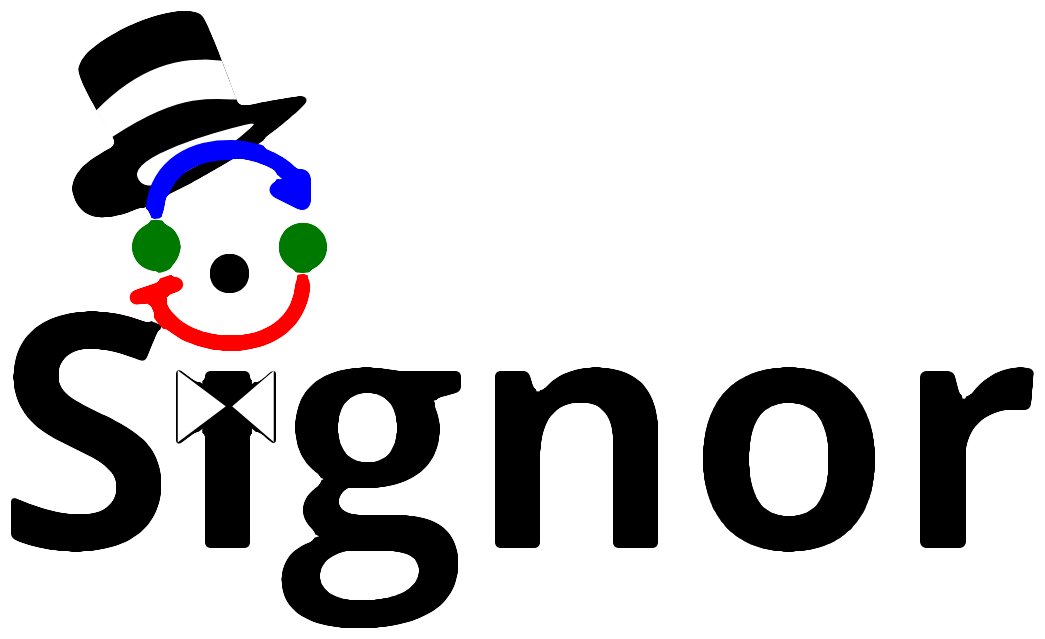Vitamin-K cycle
Pathway ID: SIGNOR-VKC
Description: Vitamin K plays an important role in blood coagulation and bone formation. Vitamin K obtained from the diet. Once transferred to the cells of the target tissue, vitamin K is metabolized by redox cycling in the intracellular endoplasmic reticulum body, in a process known as the “vitamin-K cycle”. This series of oxidation-reduction reactions begins with conversion of vitamin K from a stable oxidized form (quinone form) to a hydroquinone form by vitamin K epoxide reductase (VKOR). GGCX carboxylates the glutamic acid residues of vitamin K-dependent proteins (coagulation factors F2,F7, F9 and F10, PROS, PROC, and bone factor Osteocalcin (BGLAP) etc…), while simultaneously oxidizing the reduced form of vitamin K to an epoxide form. The epoxide form of vitamin K is reduced by epoxide reductase (VKORC1) to a reduced form and then to the reduced hydroquinone form. This reuse system allows for a very small amount of vitamin K in cells to act efficiently as a cofactor of GGCX in the post-translational carboxylation of VKDPs. Warfarin, an oral anticoagulant drug, inhibits VKOR, stops the vitamin K cycle, and prevents coagulation.
Curated by: Livia Perfetto
 Use SIGNOR Cytoscape App
Use SIGNOR Cytoscape App
Description: Vitamin K plays an important role in blood coagulation and bone formation. Vitamin K obtained from the diet. Once transferred to the cells of the target tissue, vitamin K is metabolized by redox cycling in the intracellular endoplasmic reticulum body, in a process known as the “vitamin-K cycle”. This series of oxidation-reduction reactions begins with conversion of vitamin K from a stable oxidized form (quinone form) to a hydroquinone form by vitamin K epoxide reductase (VKOR). GGCX carboxylates the glutamic acid residues of vitamin K-dependent proteins (coagulation factors F2,F7, F9 and F10, PROS, PROC, and bone factor Osteocalcin (BGLAP) etc…), while simultaneously oxidizing the reduced form of vitamin K to an epoxide form. The epoxide form of vitamin K is reduced by epoxide reductase (VKORC1) to a reduced form and then to the reduced hydroquinone form. This reuse system allows for a very small amount of vitamin K in cells to act efficiently as a cofactor of GGCX in the post-translational carboxylation of VKDPs. Warfarin, an oral anticoagulant drug, inhibits VKOR, stops the vitamin K cycle, and prevents coagulation.
Curated by: Livia Perfetto
17 Seed Entities
Organism: 
|
Name | Primary ID |
|---|---|
| vitamin K epoxide | CHEBI:28371 |
| PROC | P04070 |
| F10 | P00742 |
| Food intake | SIGNOR-PH152 |
| BGLAP | P02818 |
| CALU | O43852 |
| PROZ | P22891 |
| F2 | P00734 |
| VKORC1 | Q9BQB6 |
| F9 | P00740 |
| warfarin | CHEBI:10033 |
| vitamin K | CHEBI:28384 |
| F7 | P08709 |
| PROS1 | P07225 |
| GAS6 | Q14393 |
| GGCX | P38435 |
| Reduced Vitamin K | CHEBI:8784 |
 4.0
4.0